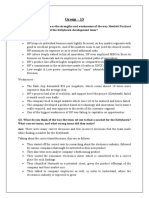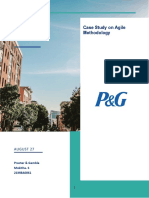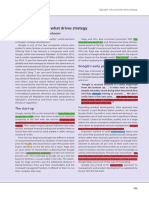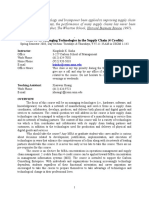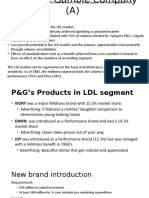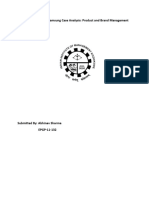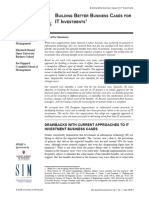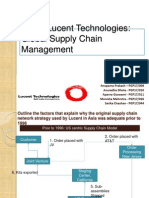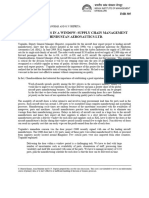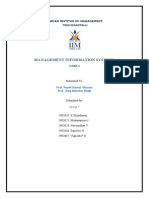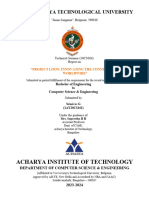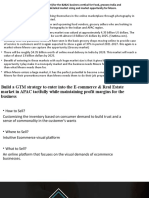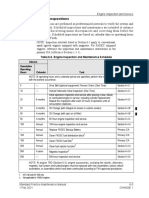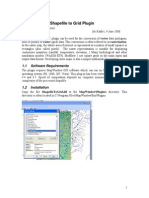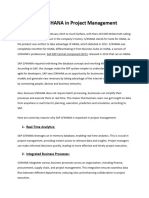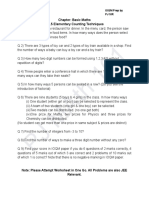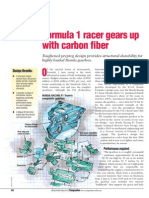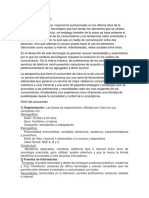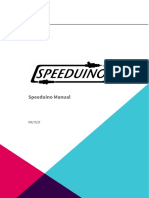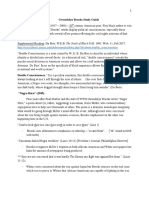100% found this document useful (1 vote)
368 views15 pagesX: The Foghorn Decision: Case 1
The document discusses project Foghorn at X (Alphabet's innovation lab) which aimed to develop a cost-competitive process for converting seawater into fuel. It describes the development stages, challenges faced such as high costs, and efforts to partner with desalination plants to reduce costs. While refined estimates in 2015 showed costs could reach $10-12 per gallon, an additional $1 billion and many more years would still be needed. The main decision was whether to continue funding or "kill" the project, and whether to publicize the research for broader use. Ultimately the project was killed for the time being.
Uploaded by
Divam AroraCopyright
© © All Rights Reserved
We take content rights seriously. If you suspect this is your content, claim it here.
Available Formats
Download as PPTX, PDF, TXT or read online on Scribd
100% found this document useful (1 vote)
368 views15 pagesX: The Foghorn Decision: Case 1
The document discusses project Foghorn at X (Alphabet's innovation lab) which aimed to develop a cost-competitive process for converting seawater into fuel. It describes the development stages, challenges faced such as high costs, and efforts to partner with desalination plants to reduce costs. While refined estimates in 2015 showed costs could reach $10-12 per gallon, an additional $1 billion and many more years would still be needed. The main decision was whether to continue funding or "kill" the project, and whether to publicize the research for broader use. Ultimately the project was killed for the time being.
Uploaded by
Divam AroraCopyright
© © All Rights Reserved
We take content rights seriously. If you suspect this is your content, claim it here.
Available Formats
Download as PPTX, PDF, TXT or read online on Scribd
/ 15


